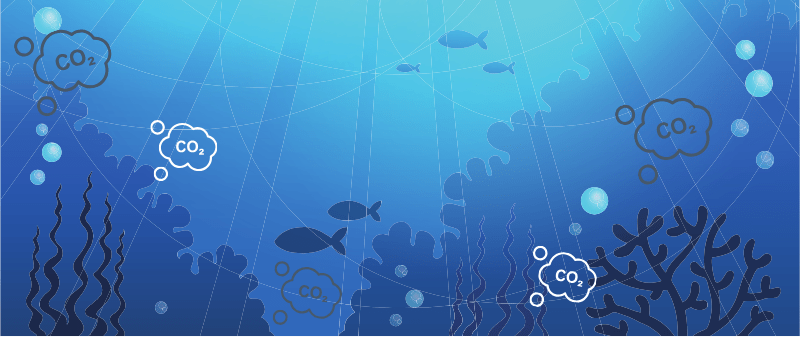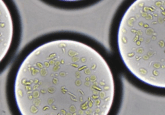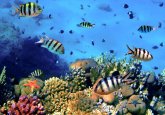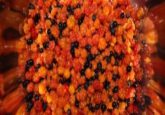Pulling the plug on the world’s largest carbon sink: could viruses increase oceanic carbon capture?

An AI-based metabolic modeling system has highlighted key viruses that could be used to amplify the ability of the marine microbiome to capture and sink carbon.
Recent research presented at the 2024 meeting of the American Association for the Advancement of Science (16–17 February; Denver, CO, USA) by Mathew Sullivan (Ohio State University, OH, USA) documents a step forward in efforts to enhance the oceans’ capabilities as a carbon sink. Using contemporary AI-based analytics Sullivan and his team identified key viruses that could be used to control the carbon-capturing functions of marine microorganisms.
Earth’s vast oceans act as the largest active carbon sinks on the planet, absorbing CO2 where it is converted into solid, organic carbon forms by microorganisms such as phytoplankton. But can this activity be enhanced to help in the battle against global warming? Sullivan has been working to address this question for several years, working as the virus coordinator on the 3-year global study of the impact of climate change on the oceans, known as the Tara Oceans Consortium. During this program, Sullivan was able to collect 35,000 water samples containing a vast amount of genetic material from marine microbes.
In 2016 Sullivan’s work with the Tara study revealed that viruses played a role in the oceans’ ability to carbon sink, presenting the hypothesis that virus-infected carbon-processing cells cluster together and sink to the ocean floor, helping to trap carbon. Building on this information the team set out to identify high-priority viruses that could be used to manipulate marine microbes to increase their conversion of CO2 into solid carbon forms that can be trapped at the bottom of the ocean.
 Newly discovered marine microbe contribute to carbon cycling
Newly discovered marine microbe contribute to carbon cycling
A marine microbe species has been recently discovered that could provide a nature-based strategy against climate change.
Sullivan’s team employed an AI-based community metabolic modeling approach, developed by Tara collaborator Damien Eveillard (Nantes University, France), which mapped microbial metabolism genes found in the Tara study’s water samples. This approach was used to interrogate the vast swathes of RNA and DNA viruses captured in these samples and to identify any potential unintended consequences of utilizing these viruses for this purpose.
This approach mapped out 340 previously identified microbial metabolic pathways, including pathways involved in carbon metabolism. The analysis revealed that several oceanic viruses acquire sections of the other microbes’ genomes required for many of these pathways, with 128 of the metabolic pathways also identified in the viral genomes. The team was also able to identify the viruses involved in carbon metabolism, which could be used to modulate the carbon metabolizing activity of the ocean microbiome.
Commenting on the results and the impact of the study, Sullivan stated, “community metabolic modeling is telling me the dream data point: which viruses are targeting the most important metabolic pathways, and that matters because it means they’re good levers to pull on.”





